Planting a Permaculture Orchard
Creating and Planting an orchard is a fun and rewarding way to be more self-reliant while also helping the environment.
How do you create a permaculture orchard?
Evaluate the land that you have to work with. Then choose species of trees, perennials, and animals that will work well together and make sense for your climate. Be sure to include some nitrogen-fixing plants, as well as plants that attract beneficial insects. You may want to add in some mushrooms as well.
Disclosure: Some of the links below are affiliate links, meaning, at no additional cost to you, I will earn a commission if you click through and make a purchase.
What is a Permaculture Orchard?
A permaculture orchard is a type of orchard that is designed and managed using the principles of permaculture. Permaculture is a system of agriculture that mimics the patterns and relationships found in natural ecosystems. The goal of permaculture is to create a sustainable, self-sufficient system that provides for all the needs of the people in it.
A permaculture orchard is just one example of how these principles can be applied to food production. In a permaculture orchard, trees are planted in guilds, which are groups of plants that provide complementary benefits to each other. For example, a guild might include a nitrogen-fixing tree, a fruit tree, and an herbaceous plant that attracts beneficial insects.
These guilds help the trees to thrive and produce more fruit while also reducing the need for inputs like fertilizer and pesticides. Additionally, the diversification provided by planting different kinds of trees helps to reduce the risk of crop failure due to pests or diseases. By using permaculture principles, an orchard can be designed and managed in a way that is both environmentally friendly and productive.

Designing and Creating Your Permaculture Orchard
Lorem ipsum dolor sit amet, consectetur adipiscing elit. Ut elit tellus, luctus nec ullamcorper mattis, pulvinar dapibus leo.
1. Consider Your Orchard Site
Before you plant your permaculture orchard, it’s important to take a close look at your site.
In permaculture, we almost always look at the existing land we have to work with, before we start to plan what we want to grow.
Consider the amount of sunlight it receives, the prevailing winds, and the soil type. You’ll also need to think about the practicalities of watering and maintaining your trees.
Fruit trees need abundant sunlight, ideally for 6 to 8 hours per day. So beware of anything that may shade them out, either on your own land or neighboring properties.
You’re going to want to be able to access your orchard every few days, especially in the beginning, to inspect for any potential pest or wildlife issues. When it’s time for harvest, you’ll be visiting even more frequently.
2. Create Healthy Soil in Your Orchard
If you want a healthy orchard, you need to start with healthy soil. Luckily, there are a few simple steps you can take to give your soil the nutrients it needs.
First, add organic matter to your soil on a regular basis. This can be in the form of compost, manure, or leaf mold.
Second, make sure your soil is well aerated by regularly tilling or turning it over. This will help to improve drainage and prevent compaction.
Finally, don’t forget to mulch your trees. A layer of mulch helps to regulate moisture levels and keep roots cool in summer.
By taking these steps, you can ensure that your orchard has the foundation it needs for a long and healthy life.
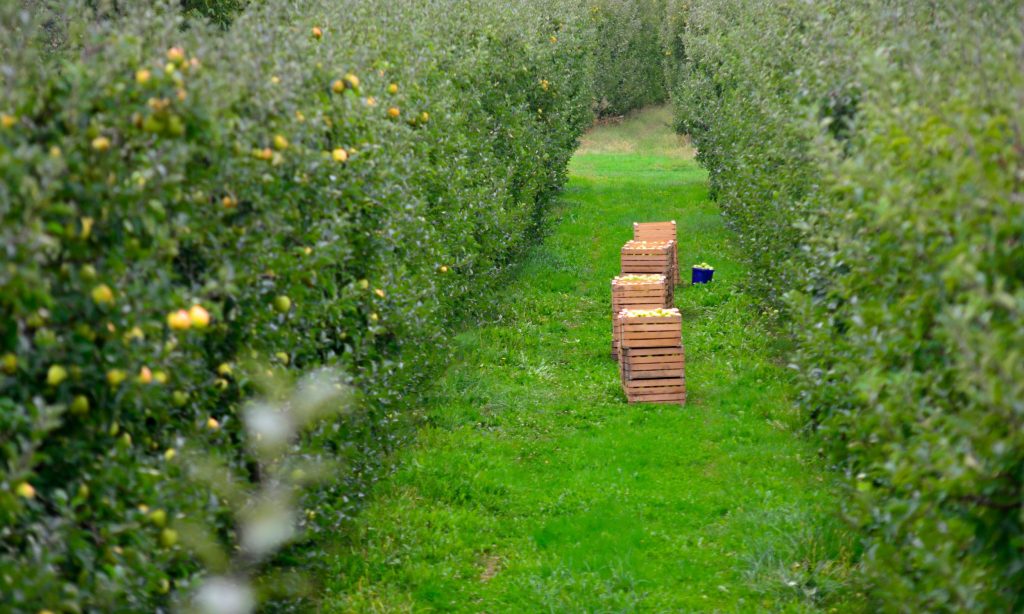
3. Think About Your Trees First in Your Orchard
Consider what species grow best in your climate and if there are any natural variants that already exist.
Before you buy or plant any fruit trees, it’s important to do your research and think about which type of tree is right for you. There are a few factors to consider, such as the climate in your area and the amount of space you have.
For example, if you live in a cold climate, you’ll need to choose a variety of tree that can withstand frost. Or, if you have a small space, you might want to opt for a dwarf variety.
Once you’ve narrowed down your options, it’s also important to consider the different types of fruit each tree produces. Some varieties produce early in the season, while others bear fruit later on.
Take into consideration what you enjoy eating yourself, as well as what kinds of tree crops sell well.
By thinking about these things ahead of time, you can be sure to choose a fruit tree that will thrive in your home and provide you with delicious fruit for years to come.
4. Consider Starting A Permaculture Nursery
When setting up your orchard the cost of trees is going to make up over half of the cost.
If you’re going to be planting a lot of trees, you can save significant money by setting up a permaculture nursery and growing most of your own trees yourself. And once you have enough for your orchard you could sell them and make some money to support your homestead projects.
5. Add Perennial Vegetables to Your Orchard
Most people think of orchards as being filled with fruit trees, but there’s no reason you can’t mix things up a bit and add some perennial vegetables to the mix. Perennial vegetables are a great addition to any orchard because they require less maintenance than annual vegetables and they can provide a steadier supply of food over time.
In addition, perennial vegetables can help to improve the overall health of your soil by adding nitrogen and other nutrients to the ground. So if you’re looking for a way to add some variety to your orchard, consider planting some perennial vegetables. You might be surprised at how well they do.
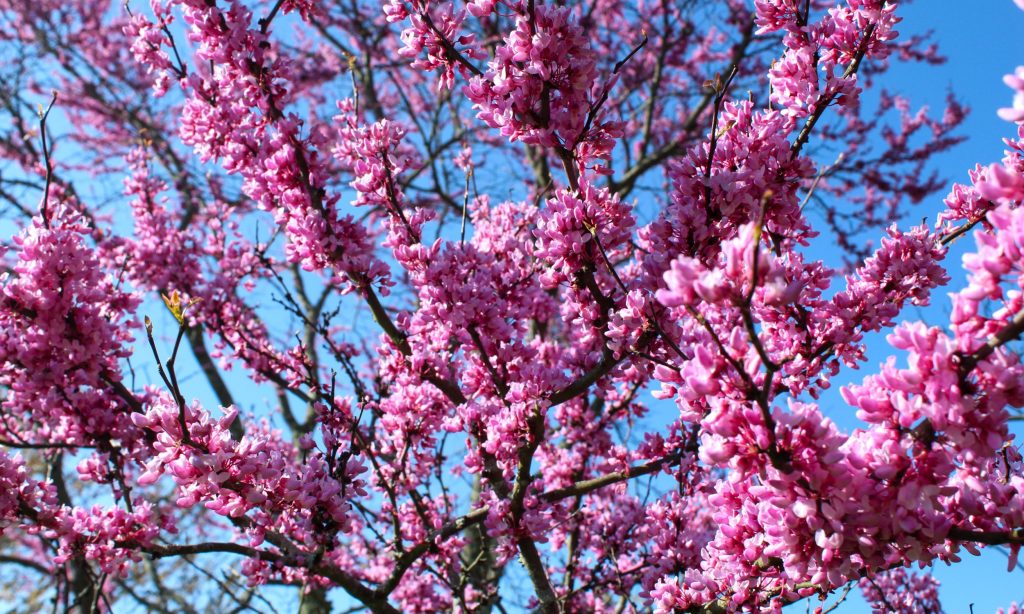
6. Add Nitrogen-Fixing Plants to Your Orchard
Adding nitrogen-fixing plants to your orchard is a great way to improve the health of your trees. These plants help to replenish the soil with nitrogen, a key nutrient that helps to promote growth. In addition, nitrogen-fixing plants can also help to improve the drainage and aeration of the soil, improving the overall health of your trees. While there are many different nitrogen-fixing plants to choose from, some of the most popular options include clover, alfalfa, and beans.
So if you’re looking for a way to give your orchard a boost, consider adding some nitrogen-fixing plants to the mix. If you are looking for some different plant ideas check out Nitrogen Fixing Plants in Permaculture.
7. Pick Plants That Will Attract Beneficial Insects
A rich ecosystem including beneficial insects is necessary for your permaculture orchard to really thrive. You’ll need them to pollinate your crops, as well as keep pests under control.
Nectar-rich flowering plants will help to attract insects like wasps and bees.
You can pick dedicated plants just to attract insects, or you can multitask and grow any number of herbs and flowers that will attract helpful bugs but also add profit to your orchard.
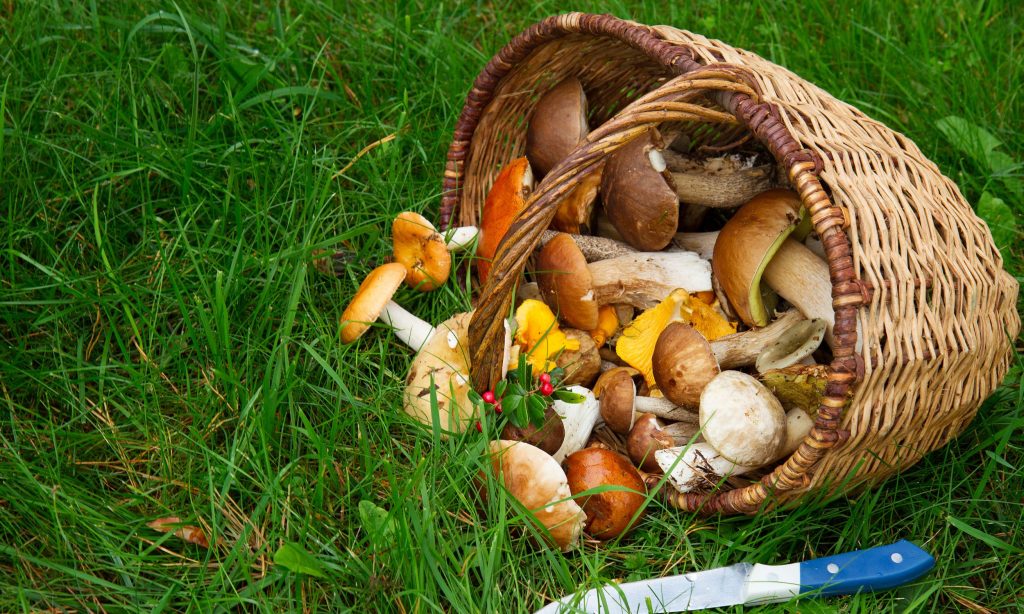
8. Add Mushrooms to the Orchard
Aside from being a profitable crop to sell and fairly easy to grow and manage, mushroom mycelia also has beneficial effects on soil and often works synergistically with other crops in your orchard.
A good permaculture orchard is more like a forest, and will have lots of shady damp spots where you can add some mushrooms. Consider species like oyster or shiitake mushrooms that you can grow on logs.
When you’re growing outdoors in this way, I’d recommend buying plugs that you can hammer into fresh logs and harvest from for several years.
You could also make a bed of woodchips and grow wine cap mushrooms (Stropharia.) They’re an easy mushroom to grow for beginners and grow big, a lot like a portobello mushroom.
Plus their reddish wine-colored cap is quite distinctive and unlikely to be mistaken for any non-edible mushrooms that may happen to grow in your orchard by accident.
9. Consider Raising Livestock to Improve Your Orchard
When most people think of orchards, they picture fruit trees like apples and oranges. But in a permaculture orchard, the goal is to create a self-sustaining ecosystem. And one important way to do that is by raising livestock. Chickens and other animals can help to aerate the soil and spread manure, both of which improve plant growth.
In addition, they can act as natural pest control, eating insects that would otherwise damage the crops. And of course, they also provide a source of meat or eggs. By integrating livestock into an orchard, it’s possible to create a closed-loop system that is more efficient and resilient than traditional farming methods.
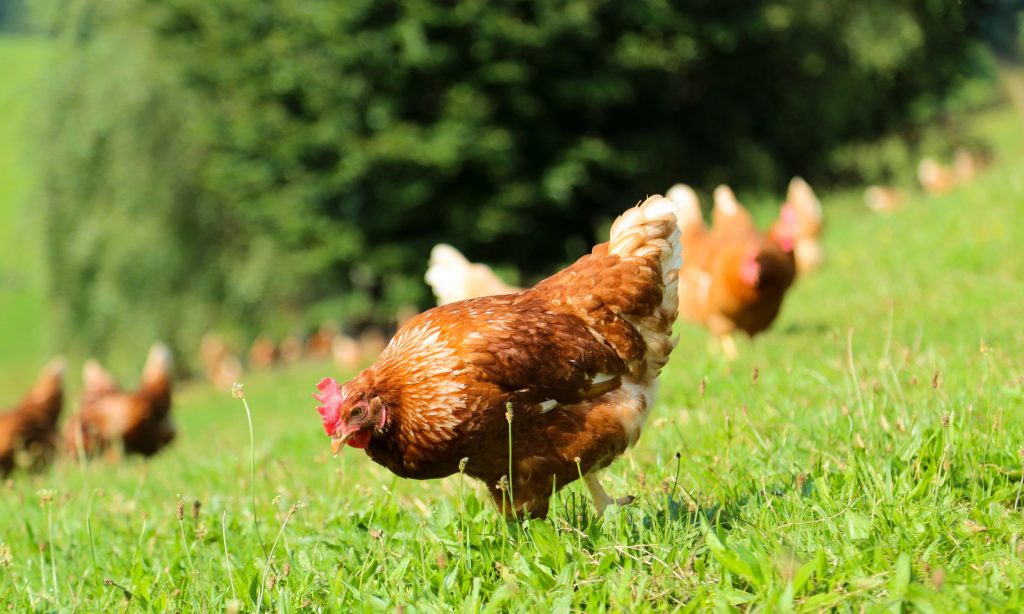
Frequently Asked Questions
How many acres do you need for an orchard?
If you’re thinking about starting an orchard, one of the first questions you’ll need to answer is how much land you’ll need. The answer depends on a number of factors, including the type of trees you want to grow and the spacing between them. For example, if you’re planning to grow apple trees, you’ll need about 100 square feet per tree. This means that if you want to plant an orchard with 100 apple trees, you’ll need at least 10,000 square feet of land – or about 0.23 acres. Of course, you’ll also need to factor in space for a driveway, a shed, and other necessary infrastructure. As a result, a more realistic figure for the amount of land you’ll need is closer to 1 acre. So if you’re thinking about starting an orchard, be sure to set aside enough space – at least 1 acre – to make your dreams a reality.
How long does it take to grow an orchard?
How long does it take to grow an orchard? That depends on a few factors, including the type of fruit trees you’re planting and the climate in which you’re growing them. In general, it takes about three to five years for an orchard to reach full production. However, there are some caveats. For example, if you’re planting citrus trees, it may take a little longer before they start bearing fruit. And in areas with long, hot summers, fruits like peaches and nectarines will mature faster than they will in cooler climates. So, if you’re thinking about starting an orchard, be patient – it takes time to grow a bountiful crop of fruit. But the wait is definitely worth it!
Are small orchards profitable?
Starting an orchard for profit is a way to make a living on a very small acreage. “One acre can make a person $50,000 per year. You can service a mortgage and make a living on an acre or half an acre growing fruit or vegetables.
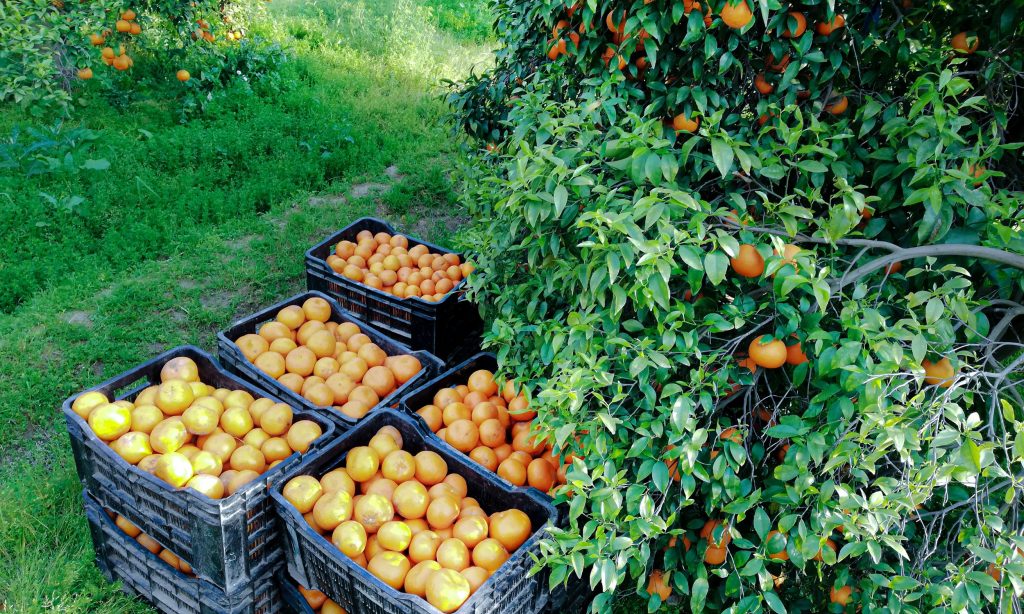
How many fruit trees make an orchard?
There’s no absolute minimum for how many fruit trees constitute an orchard, but five is the generally accepted lower limit. Five fruit trees may seem like a lot to pack into a small space, but with a little creativity, it can work.
You can have a beautiful, thriving orchard using permaculture principles. By following the steps outlined in this blog post, you will be well on your way to creating a healthy and sustainable ecosystem in your own backyard. You’ll not only be providing food for yourself and your family, but also contributing to the health of the planet. What could be more rewarding than that?
You may also enjoy these related articles:
Did you enjoy this article? Want to hear more? Stay in touch! Sign up below to receive weekly tips and inspiration for your homestead.

Get Your Homestead Organized!!
What is the Homestead Farm Planner & Management Binder?
It’s a place for you to keep all your homesteading information in one place. Write it down so you don’t forget. This binder will help you plan and manage your homestead.
